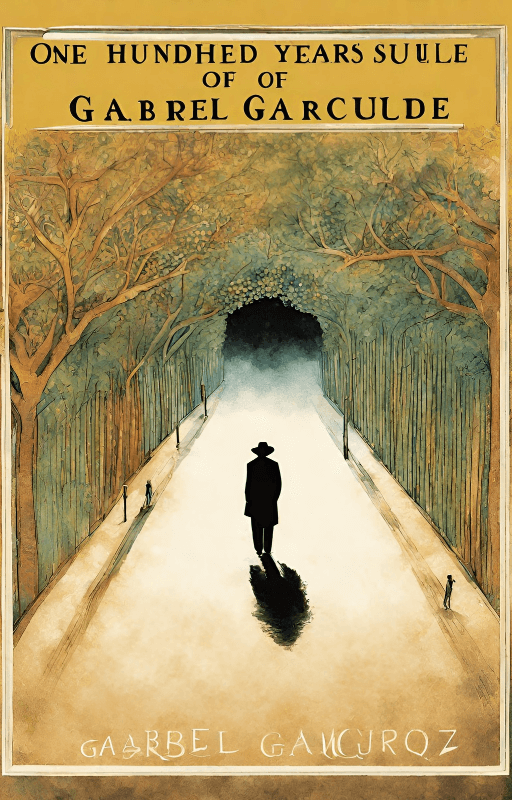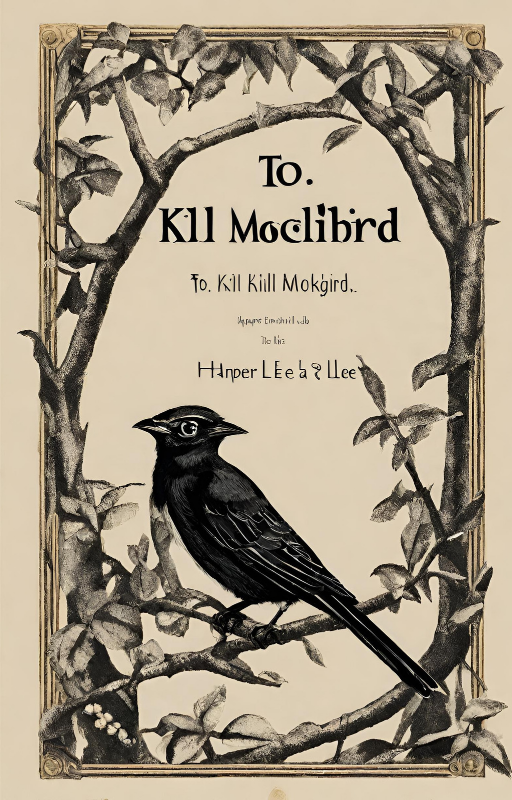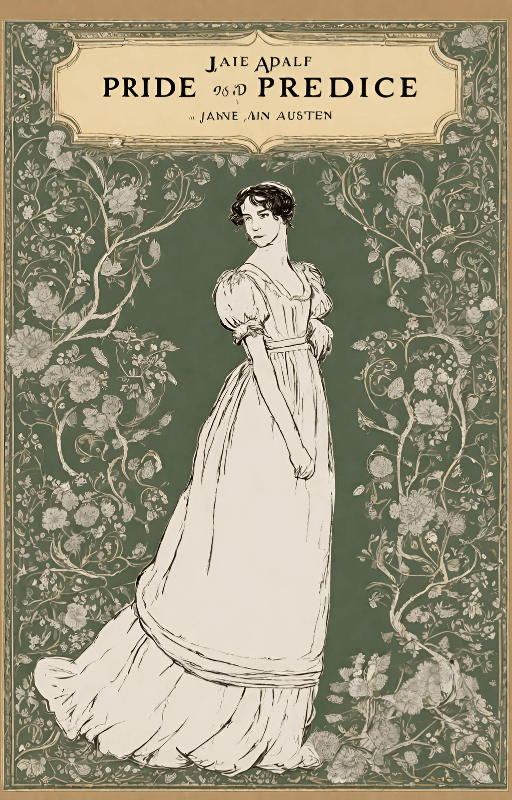Introduction
Gabriel García Márquez, the legendary Colombian author, is celebrated for his literary masterpiece, “One Hundred Years of Solitude”. This enchanting novel weaves a tapestry of magical realism, family saga, and political allegory, captivating readers with its timeless charm. Let’s embark on a journey through the pages of this extraordinary work, exploring its depths and unraveling its mysteries.
Background of the Author
Before delving into the intricacies of the novel, it’s essential to understand the man behind the pen. García Márquez, born in Aracataca, Colombia, in 1927, drew inspiration from his upbringing in the Caribbean region for much of his writing. Influenced by the rich oral storytelling tradition of his homeland and the turbulent political landscape of Latin America, García Márquez crafted narratives that resonated with readers worldwide.
Overview of “One Hundred Years of Solitude”
At the heart of García Márquez’s literary oeuvre lies “One Hundred Years of Solitude”, a sprawling epic that spans several generations of the Buendía family in the fictional town of Macondo. The novel chronicles the rise and fall of the Buendía dynasty against the backdrop of a mythical and enchanting world where reality blurs with fantasy.
Exploration of major themes and motifs in the book
Embedded within the narrative are profound themes of love, power, fate, and the cyclical nature of history. García Márquez masterfully intertwines these themes with motifs such as solitude, memory, and the passage of time, creating a multi-layered tapestry of meaning that invites readers to ponder the human condition.
Explanation of the magical realism genre and its significance in the novel
One of the defining features of “One Hundred Years of Solitude” is its use of magical realism, a literary technique that seamlessly blends the mundane with the miraculous. In Macondo, the ordinary coexists with the extraordinary, as supernatural events unfold alongside everyday life. This fusion of reality and fantasy serves as a metaphor for the surreal nature of existence itself.
Examination of key characters and their roles in the story
Central to the novel are the enigmatic members of the Buendía family, each imbued with their own quirks, desires, and destinies. From the visionary patriarch José Arcadio Buendía to the ethereal Remedios the Beauty, García Márquez’s characters are larger than life, yet hauntingly human in their struggles and aspirations.
Discussion of García Márquez’s narrative techniques
García Márquez’s prose, characterized by its lyrical beauty and evocative imagery, casts a spell on the reader from the opening lines. His narrative style, marked by intricate storytelling and nonlinear chronology, invites readers to surrender to the magic of his words and embark on a journey through time and space.
Contextualization of the novel within Latin American history and culture
Set against the backdrop of Latin America’s tumultuous history, “One Hundred Years of Solitude” reflects the region’s colonial legacy, political upheavals, and cultural identity. Through the lens of the Buendía family saga, García Márquez explores the cyclical nature of history and the enduring legacy of colonialism on the continent.
Overview of reviews and interpretations of the book
Upon its publication in 1967, “One Hundred Years of Solitude” garnered widespread acclaim from critics and readers alike, propelling García Márquez to literary stardom. Praised for its innovative narrative structure and rich symbolism, the novel continues to captivate audiences around the world, inspiring countless interpretations, and scholarly analyses.
Impact of “One Hundred Years of Solitude” on literature and culture
The influence of “One Hundred Years of Solitude” extends far beyond the realm of literature, shaping the cultural landscape of Latin America and beyond. García Márquez’s magnum opus not only revitalized the Latin American literary boom of the 1960s but also paved the way for subsequent generations of writers to explore the intersection of history, myth, and reality.
Mention of any film or theater adaptations of the novel
In addition to its literary acclaim, “One Hundred Years of Solitude” has been adapted into various forms of media, including film, theater, and television. These adaptations pay homage to García Márquez’s enduring legacy and introduce new audiences to the timeless allure of his storytelling.
Author’s personal thoughts and feelings about the book
As a reader, “One Hundred Years of Solitude” holds a special place in my heart. Its mesmerizing prose and timeless themes continue to resonate with me long after I’ve turned the final page. García Márquez’s ability to capture the essence of the human experience in all its beauty and complexity is a testament to his unparalleled talent as a storyteller.
Suggestions for readers who enjoyed “One Hundred Years of Solitude
For those who have been enchanted by “One Hundred Years of Solitude”, I wholeheartedly recommend exploring García Márquez’s other works, such as ‘Love in the Time of Cholera’ and ‘Chronicle of a Death Foretold’. Each of these novels offers a glimpse into the magical world of one of the greatest literary voices of the 20th century.
Conclusion
In conclusion, “One Hundred Years of Solitude” stands as a timeless masterpiece that continues to captivate and inspire readers across generations. Through its spellbinding narrative and rich symbolism, García Márquez invites us to ponder the mysteries of existence and the enduring power of storytelling.
Frequently Asked Questions (FAQs)
- Is “One Hundred Years of Solitude” based on real events?
While the novel is a work of fiction, it is inspired by real historical events and reflects García Márquez’s experiences growing up in Colombia. - What is the significance of the title “One Hundred Years of Solitude”?
The title alludes to the theme of cyclical time and the isolation of the Buendía family, which spans multiple generations. - What is magical realism, and how does García Márquez use it in the novel?
Magical realism is a literary genre that combines realistic elements with fantastical elements. García Márquez employs this technique to blur the boundaries between reality and fantasy in the world of Macondo. - Why is “One Hundred Years of Solitude” considered a masterpiece of Latin American literature?
The novel’s innovative narrative structure, rich symbolism, and exploration of universal themes have earned it acclaim as a seminal work of literature. - Are there any recurring motifs or symbols in the novel?
Yes, some recurring motifs include mirrors, butterflies, and the Buendía family’s struggle with identity and destiny.






